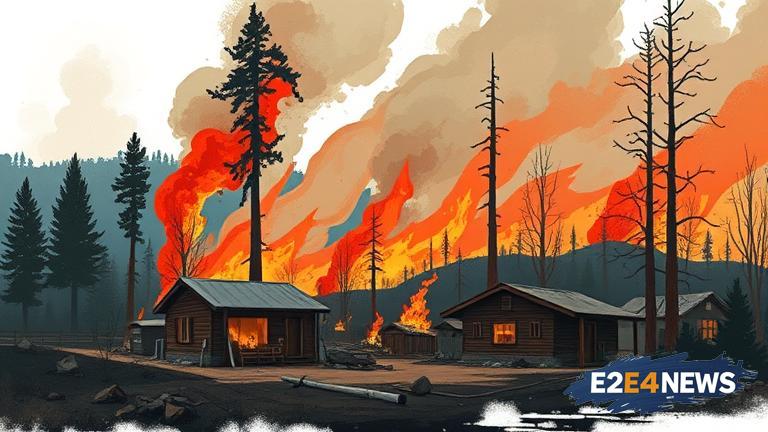The recent surge in wildfires across the globe has left many communities in ruins, prompting the need for effective rebuilding strategies. Rebuilding after a wildfire requires careful planning, taking into account the unique challenges and opportunities that arise from such disasters. Experts emphasize the importance of prioritizing safety, sustainability, and resilience in the rebuilding process. This involves assessing the damage, identifying areas of high risk, and implementing measures to mitigate future fire hazards. One key consideration is the use of fire-resistant materials in construction, such as metal roofing, stucco, and brick. Additionally, homeowners can take steps to create defensible spaces around their properties, including clearing flammable vegetation and debris. Sustainable building practices, such as incorporating renewable energy sources and energy-efficient systems, can also help reduce the environmental impact of rebuilding. Furthermore, rebuilding efforts should focus on creating resilient communities, with amenities and infrastructure that support the well-being of residents. This may include investing in community facilities, such as parks, schools, and healthcare centers. It is also essential to address the social and emotional needs of affected communities, providing access to mental health services, support groups, and other resources. In terms of specific rebuilding techniques, experts recommend using modular construction methods, which can expedite the rebuilding process while minimizing waste and environmental disruption. Moreover, incorporating green building technologies, such as green roofs and rainwater harvesting systems, can help reduce the environmental footprint of rebuilt homes. The role of government agencies and policymakers is also crucial in supporting rebuilding efforts, through initiatives such as providing financial assistance, streamlining permitting processes, and enforcing building codes. Ultimately, rebuilding after wildfires requires a collaborative effort from individuals, communities, and governments, with a shared commitment to creating safer, more sustainable, and resilient communities. By prioritizing these values, we can reduce the risk of future wildfires and create thriving communities that are better equipped to withstand the challenges of a changing climate. The impact of wildfires on local ecosystems and wildlife habitats must also be considered, with efforts to restore and preserve natural areas. Rebuilding after wildfires is not just about reconstructing physical structures, but also about revitalizing the social, economic, and environmental fabric of affected communities. As such, it is essential to engage with local stakeholders, including residents, business owners, and community leaders, to ensure that rebuilding efforts are tailored to the unique needs and priorities of each community.
